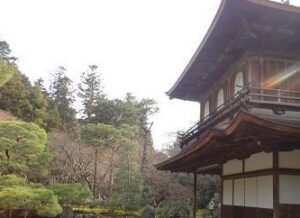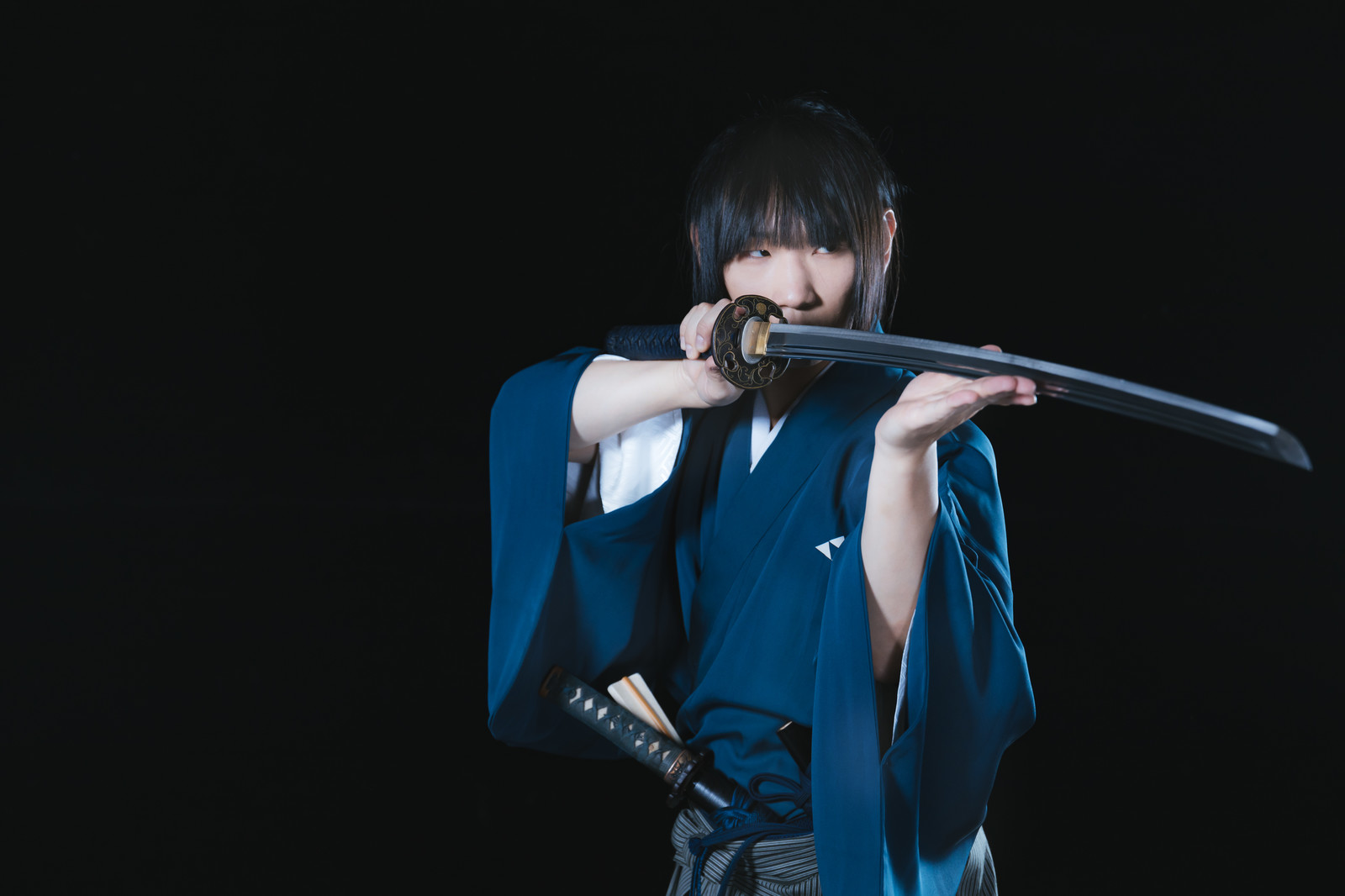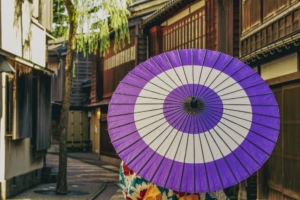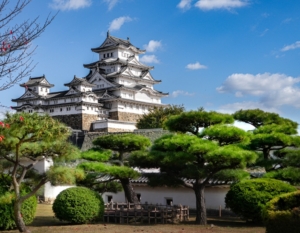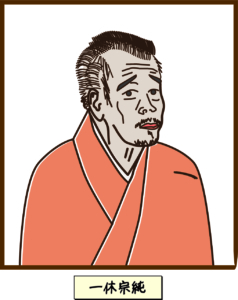“The way of Samurai” was published by Inazo Nitobe in 1899.
Speaking of 1899, it was a time when Japan won the Sino-Japanese War and was finally about to join the ranks of the world’s great powers. This is the time when the world was paying attention to Japan.
Nitobe Inazo is said to have written this “the way of Samurai” as an answer to the question “There is no religion in Japan, how is moral education conferred?”
Westerners at that time were surprised and wary of the defeat of the great power Qing by a small emerging country called Japan.
Also, through the terrible reality of seppuku(Harakiri), the image of a savage country for Japan in the world became decisive.
This “The way of Samurai” is a book that argues head-on against the strong image of Europe and the United States that Japan is a warlike and barbaric country.
He argued that Japan was a well-mannered civilized country.
Bushido was established during the Minamoto no Yoritomo era (end of the 12th century), which entered the feudal era.
In this “The way of Samurai”, the teachings that a samurai must learn are righteousness, courage, gratitude, faith, honor, and loyalty.
You can see that it is extremely Confucian.
Loyalty is an act of seeking the honor of a proud samurai.
Also, the samurai were always afraid of the “shame” that was the inside out of honor.
The Japanese had a number of behaviors that Westerners found strange.
One of them is the “mysterious smile”.
The Japanese don’t like to assert themselves loudly.
In addition, it can be said that one part of the national character is that they try to silently guess each other’s hearts, saying, “You can understand without saying it.”
A mysterious smile works by hiding efforts to restore the balance of mind disturbed by adversity.
Japan, like the West, has its own values, morals, traditions, and culture. To reaffirm that, we can still say that it is worth reading this “The way of Samurai”.

